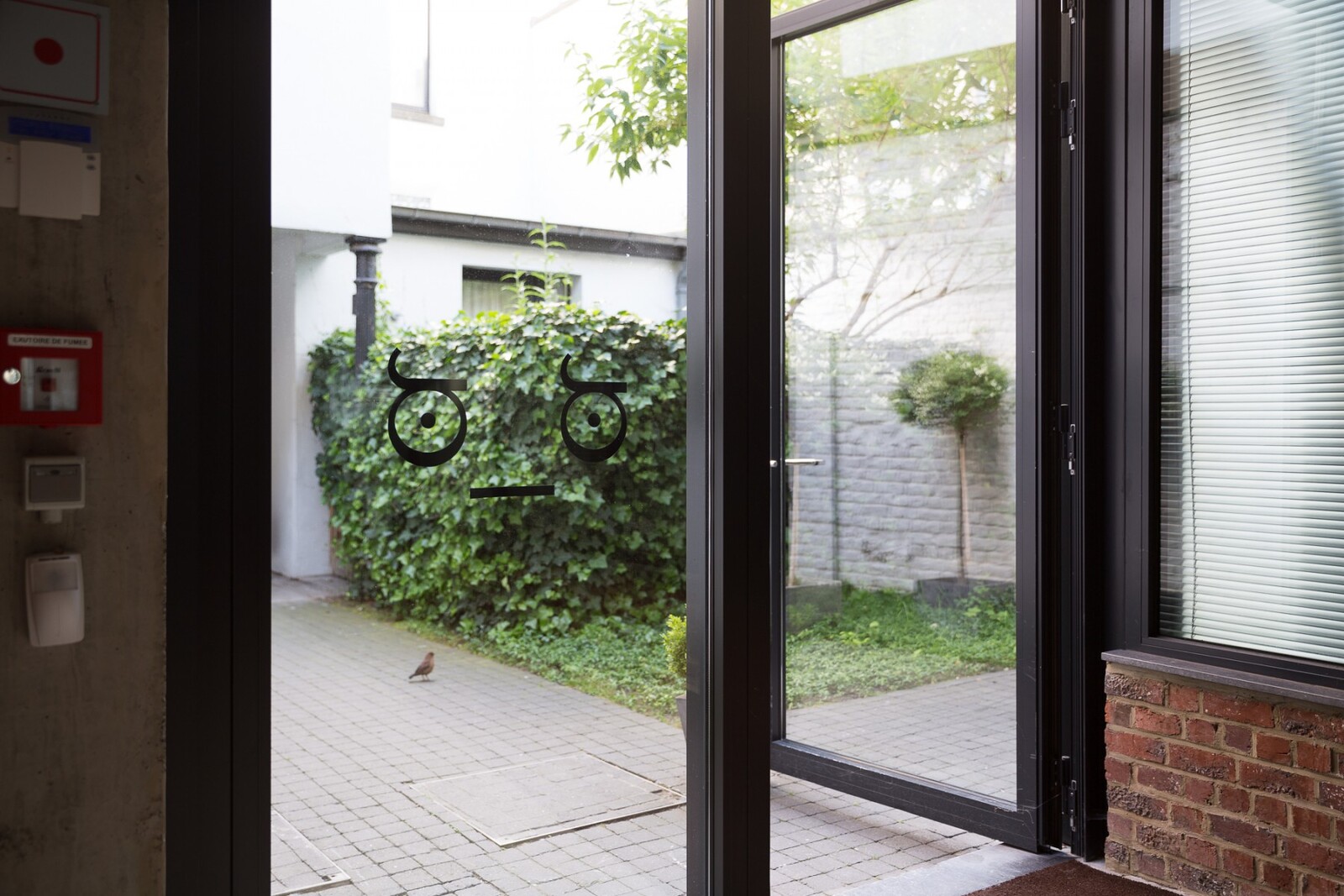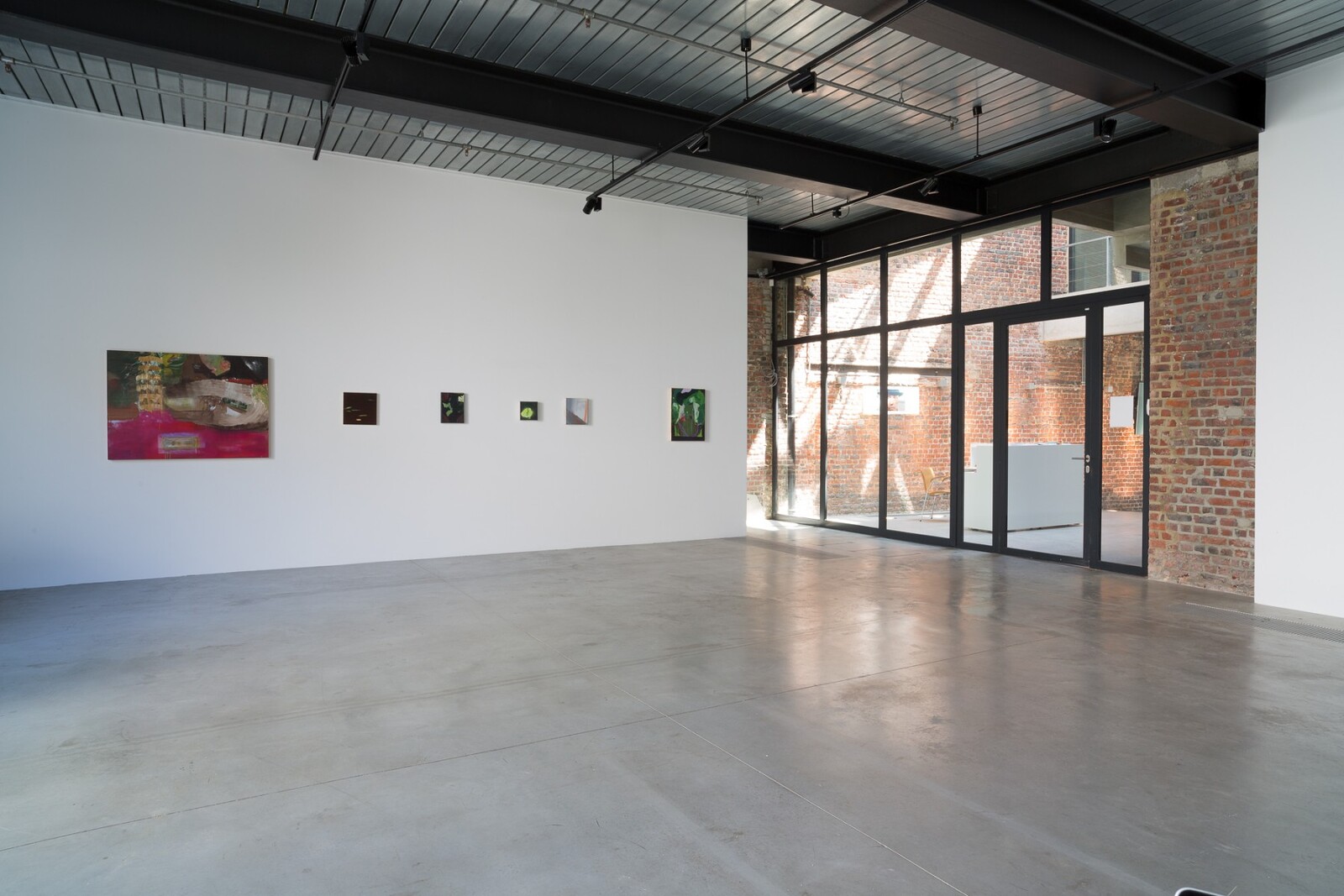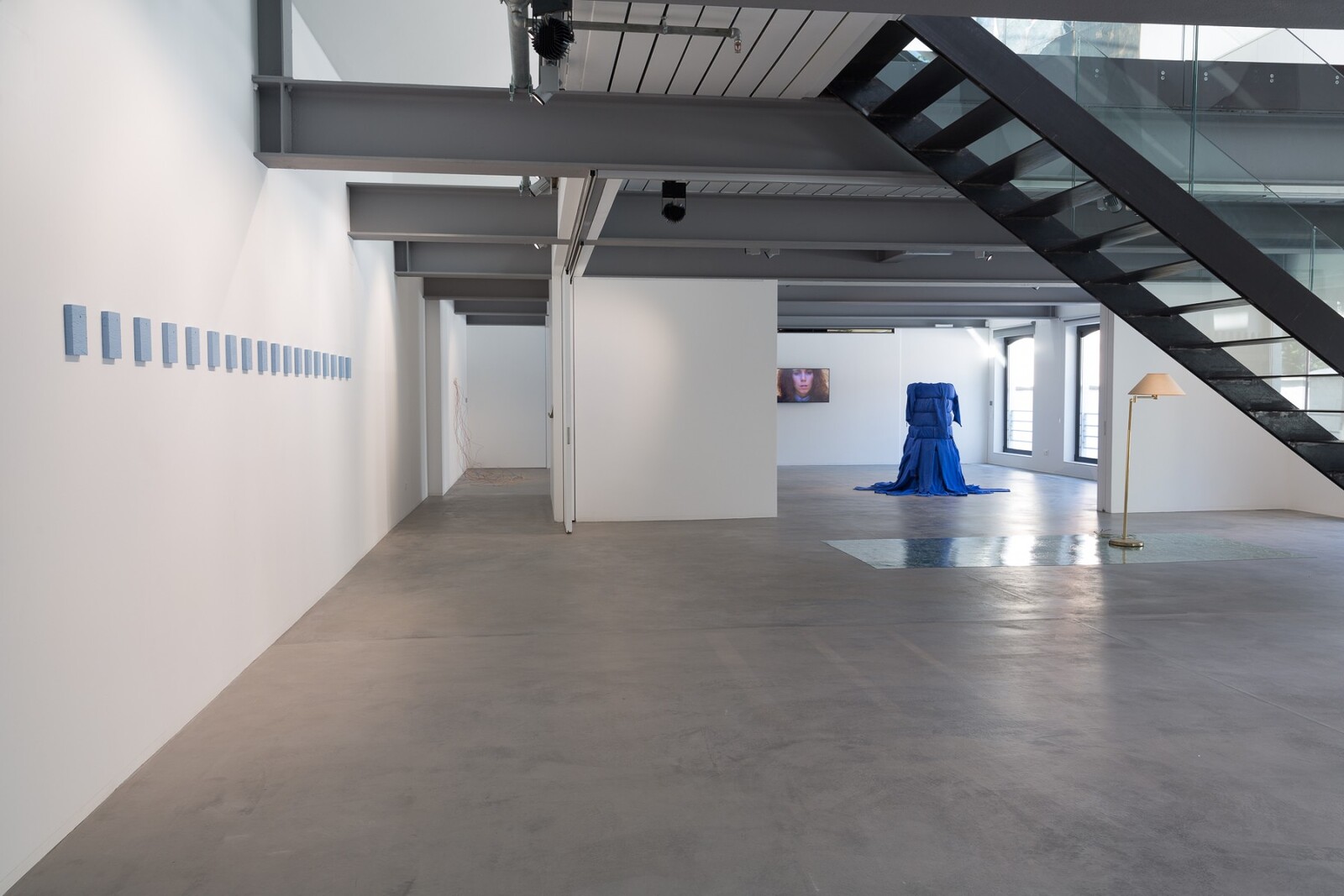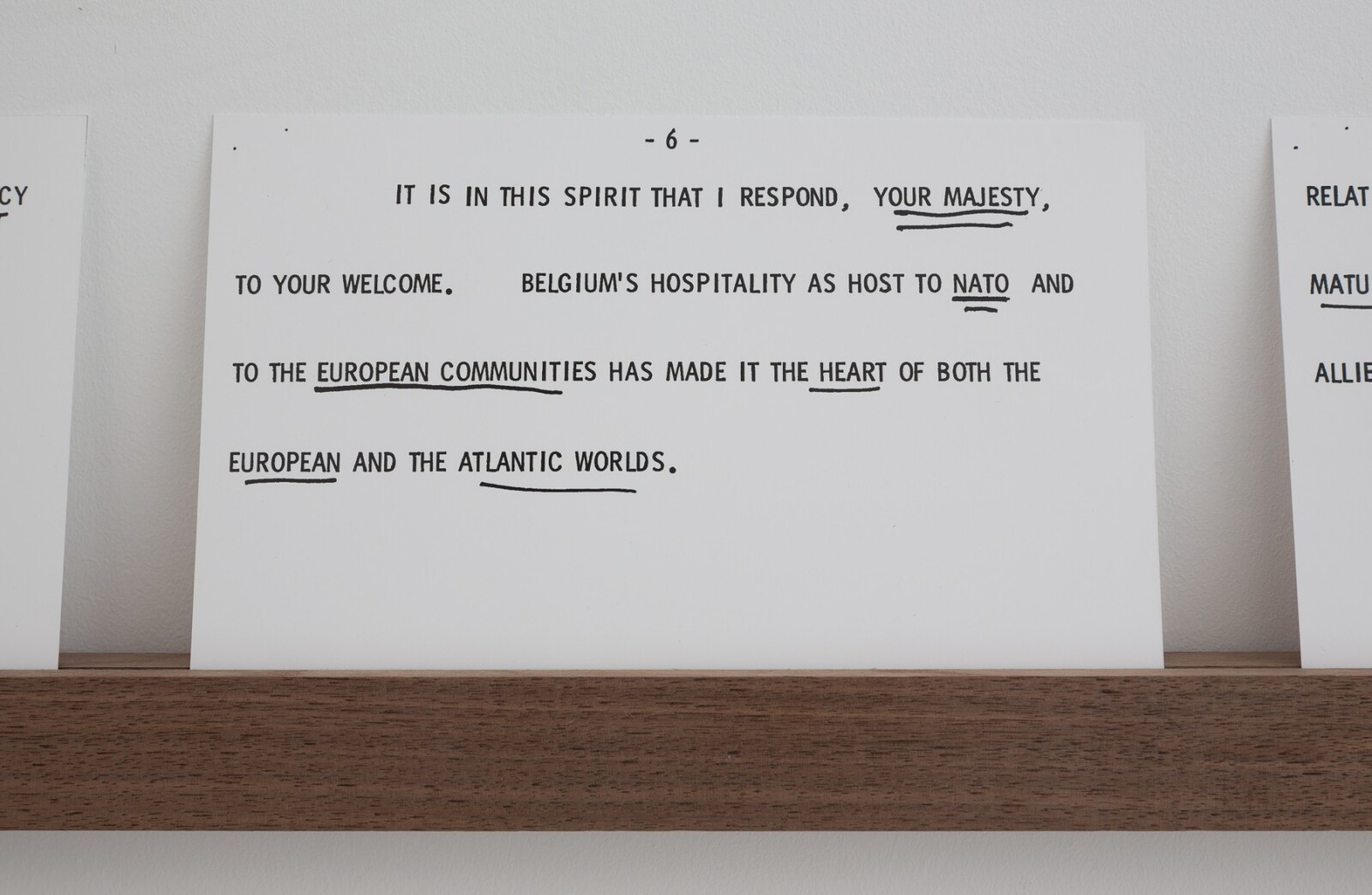June 6–July 1, 2015
The Master of Fine Arts program of the University of Pennsylvania presented the 2015 thesis exhibition in Brussels, Belgium. The exhibition was the culmination of a six-month exchange between the graduate students and curator Agata Jastrząbek. During their residency in Brussels, the students installed selected works, and through various activities organized by the curator, immersed themselves in the local contemporary art scene and visited major Belgian historical venues.
The thesis exhibition project acknowledges that emerging artists work from a globalized state of culture and respond to a new perception of site specificity. The exhibition presented work impacted by a collective discussion on the premise that travel, cultural exchange and the examination of cultural relativism are all markers of a profound evolution in our vision of the world.
This year’s edition questioned the power of globalization and cultural relativism by enhancing and paying tribute to particular characteristics inherent to North American culture. It was titled “Down to Earth” and curated by Agata Jastrząbek.
PennMFA Thesis Exhibition Artists
Natessa Amin, Jacob Been, Jennifer Berman, Charles Hall, Ava Hassinger, Daniel Haun, Corey Herynk, James Howzell, Sascha Hughes-Caley, Ashley Kuhn, Katie Locke, Chiara No, Joan Oh, Jing Qian, Derek Rigby, Lydia Rosenberg, Kasey Short, Michelle Yue Wang, Wilmer Wilson IV, Annie Zverina
Amtrak train from Philadelphia to NYC, 1 May 2015
Down to Earth
On Amtrak (The National Railroad Passenger Corporation) trains in the U.S.A., when a conductor enters a coach compartment, she/he shouts: ‘prepare your tickets!’ so everyone pulls her/his ticket out and it’s checked. There is no aggression in this shout; it is no more than a loud voice legitimized by its function to inform.
In Belgium, a conductor enters a coach compartment and she/he might not open his mouth even once as he strolls down the ally checking the tickets. He might say something, but he will most probably not shout.
There is no good or bad in the conductors’ conducts. It’s great that the difference prevails on two sides of the ocean.
Some time ago, a Polish writer in exile, Witold Gombrowicz, compared cultures by looking into their basics: what people eat, how they eat, how they dress, and what women they fall in love with. He compared the sophisticated French cuisine, savoir vivre, and elegantly made up women with Polish food served in big chunks, eaten often by hand; the ideal of woman being the one working in the fields and of natural beauty. He concluded that the quintessence of national high culture is best expressed in the basic aesthetics of every day life.
So there is a possibility that the behavior of a train conductor has something to do with art that originates from the same land. Even if far-fetched, my experience has proven that Gombrowicz was quite right.
The difference in artwork from the U.S. and Europe makes sense from the perspectives of history and education. America is younger than Europe. There are less architectural, aesthetic and narrative burdens resting on the shoulders of young students in America than young Europeans. (Or the burden is of another sort)
American art education tends to be more open towards students with non-artistic backgrounds. I mean that it is more common for a graduate of Physics to pursue Masters in the field of Arts in U.S.A than in Europe.
It has been called a land of dreams. The American dream implied that anyone could become what she/he wants. It is very different from the old European determinism of the class system that is continuously in favor of preserving the status-quo. Again, as in the case of the different conductors, those differences imply simultaneously both positive and negative characteristics.
The point is: art develops differently on different grounds. In Europe, there is (still) extensive government support which is often connected to academia and the intellectual elite whereas in America, it’s the secret powers of a free money market that make things happen. It is more likely that things happen out of the blue in America than in Europe, careful by nature & culture.
The sky seems to be higher in America, the air lighter and the distance between buildings bigger. There seems to be more physical space for risk-taking, daring, shouting, learning from scratch when it seems to be already too late, making mistakes and starting anew.
I have stayed there briefly enough (and only in New York and Philadelphia) to not develop strong counter points to my first impression. Maybe for the better – to preserve the clarity of the first impression.
So it all comes together, in the European context of surreal Brussels. It’s all down to (earth of) the present as it is: direct, responsive, reality-related, contemporary. Altogether it is not so referential and enigmatic. It is engaged, blunt communicative, daring, rooted, uprooted and fresh.
It has been a great experience.
—Agata Jastrząbek
*I mean western Europe (from Berlin westwards). Eastern Europe, with some of its European history literally erased by years of communism, has a lot of attitude common with young America.
Natessa Amin
Jacob Been
Jennifer Berman
Charles Hall
Ava Hassinger
Daniel Haun
Corey Herynk
James Howzell
Sascha Hughes-Caley
Ashley Kuhn
Katie Locke
Chiara No
Joan Oh
Jing Qian
Derek Rigby
Lydia Rosenberg
Kasey Short
Michelle Yue Wang
Wilmer Wilson IV
Annie Zverina























































































